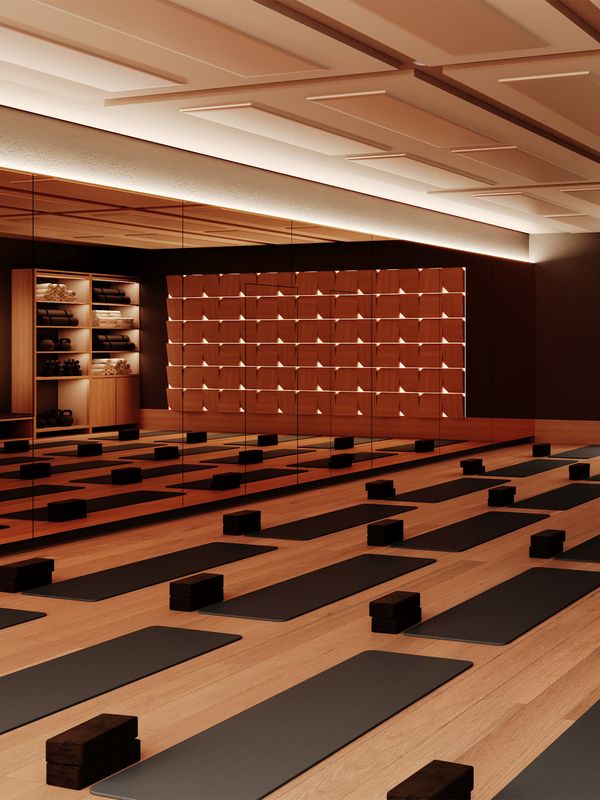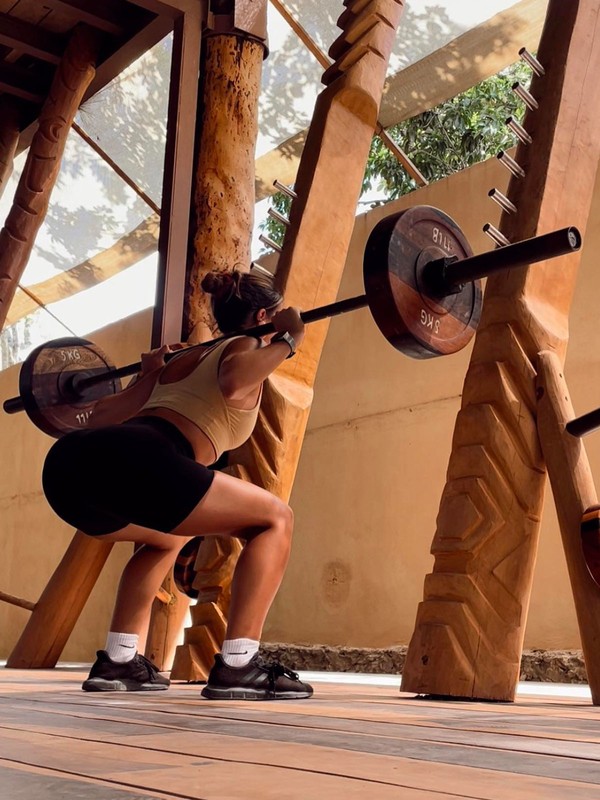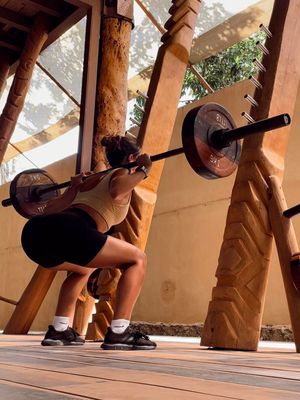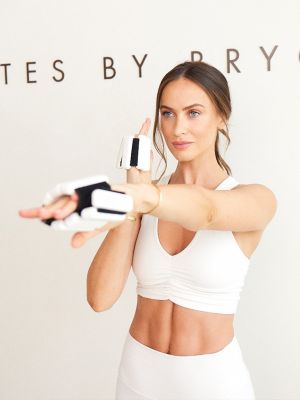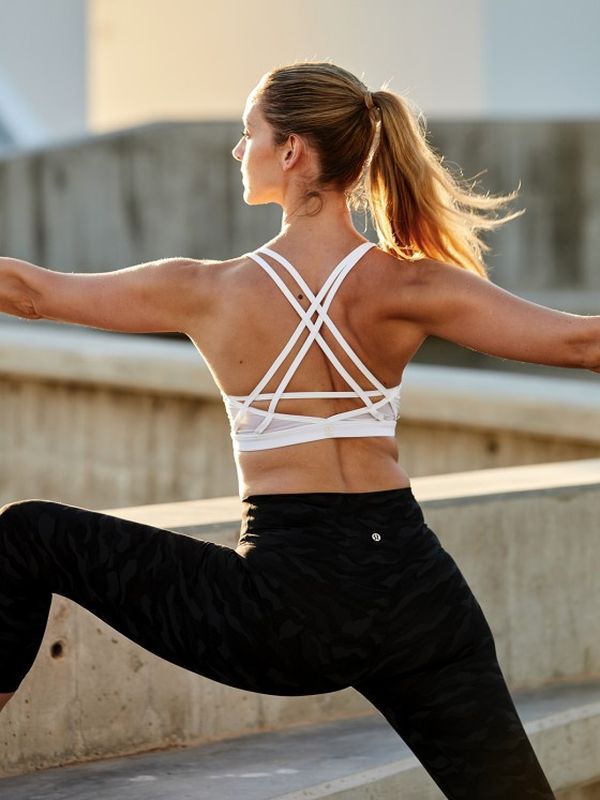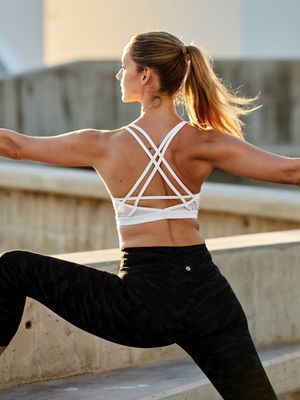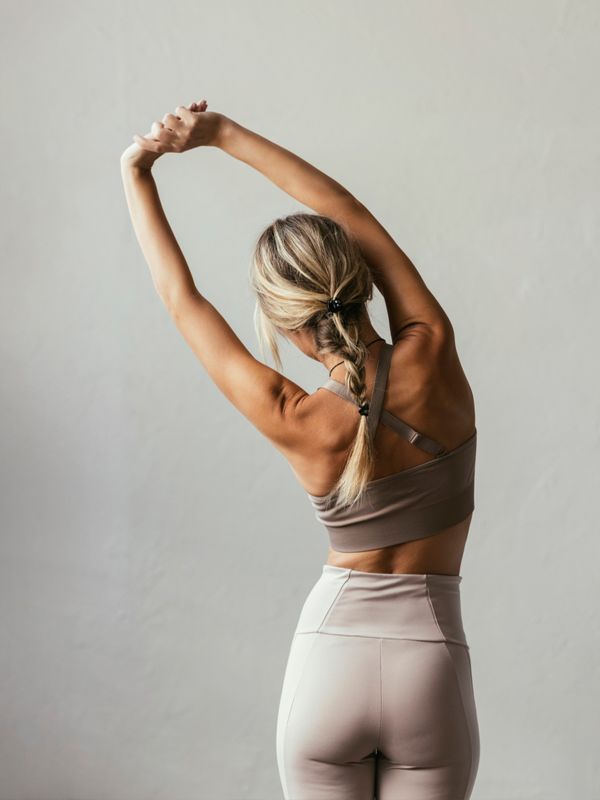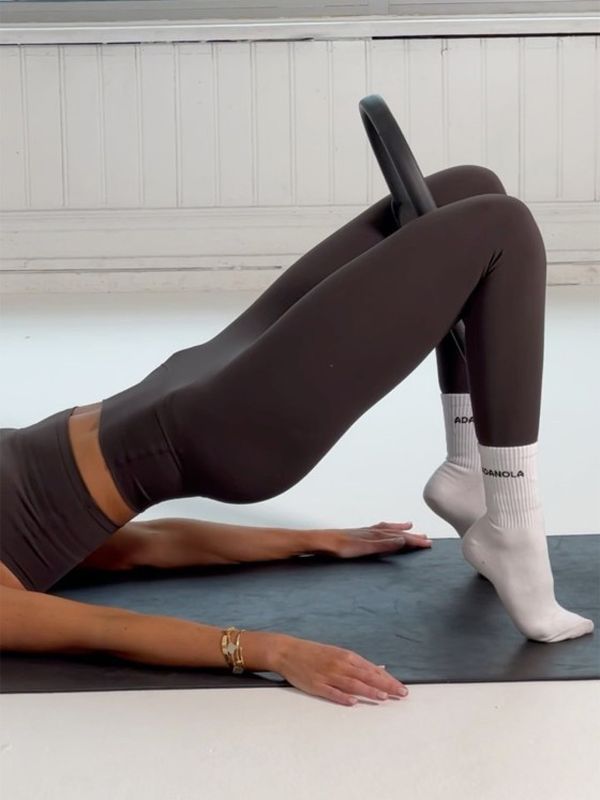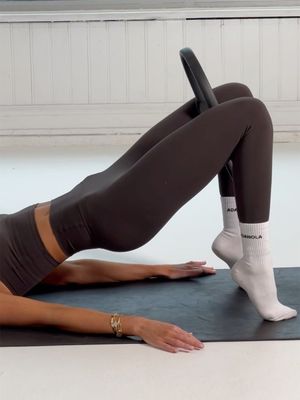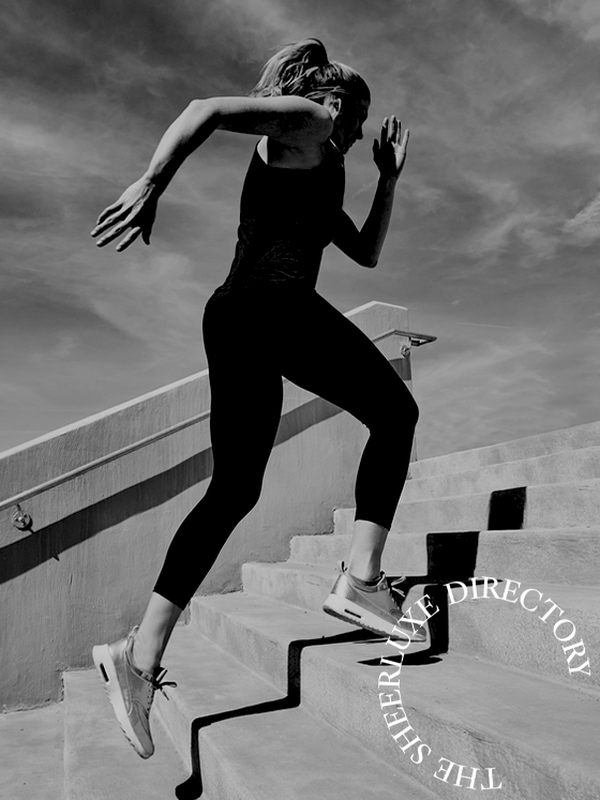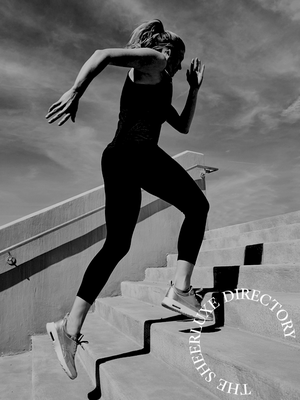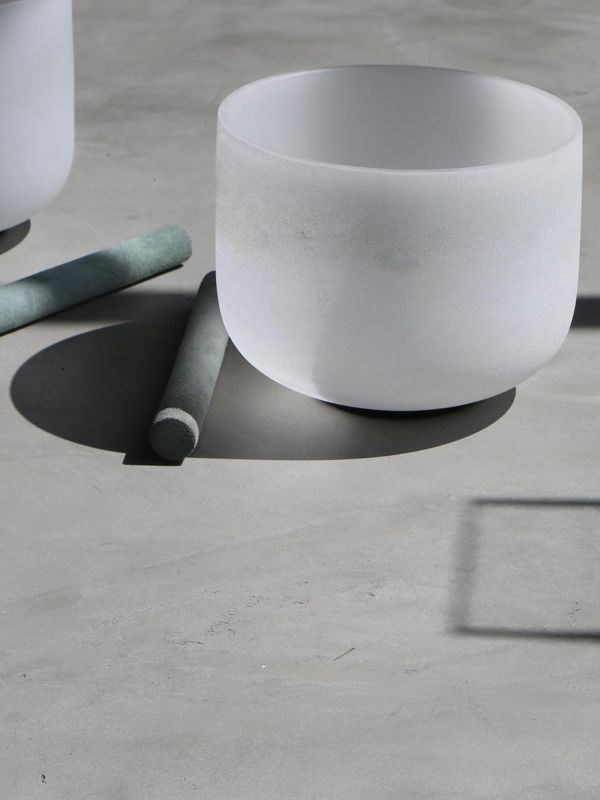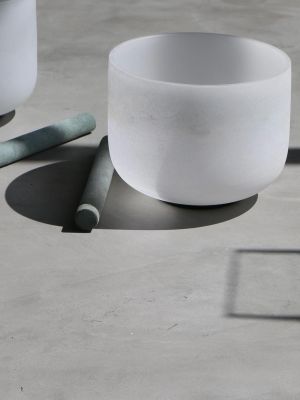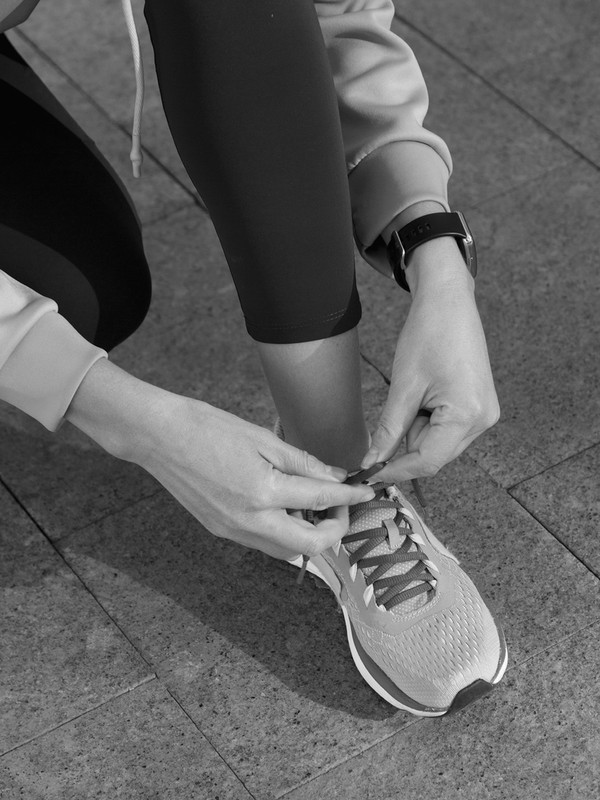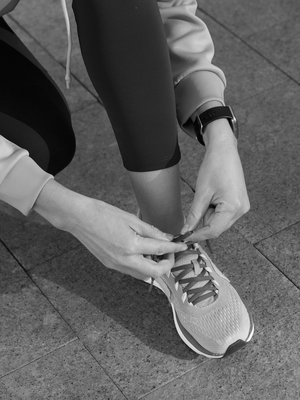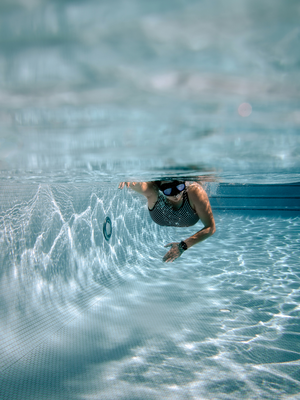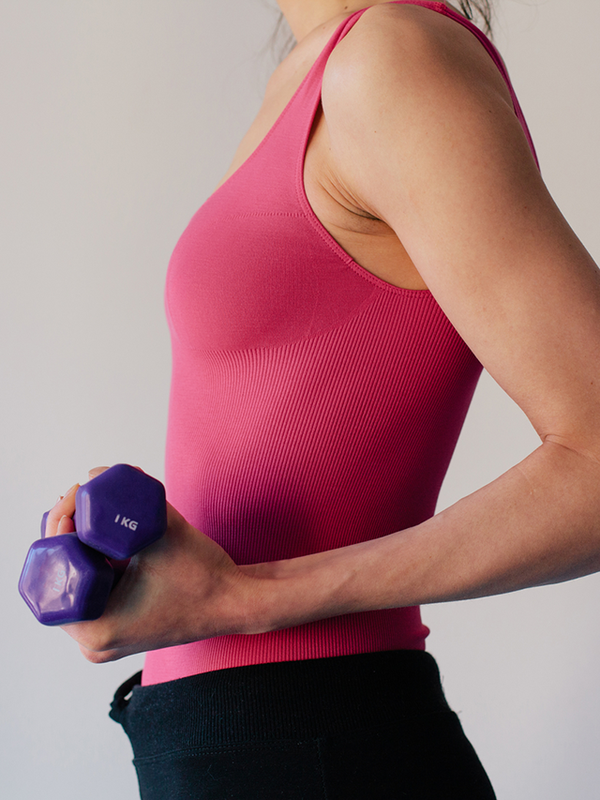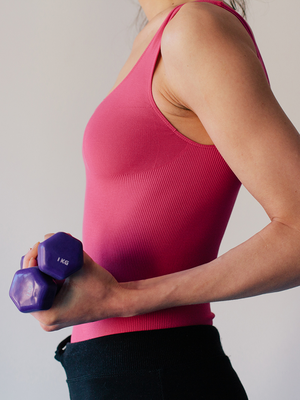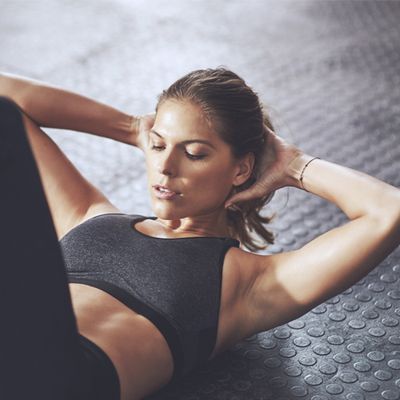
5 Popular Exercises People Get Wrong & How To Fix Them
The Move: Squats
The Problem: The squat has to be the biggest offender when it comes to poorly-performed exercises. It’s also the one that has the greatest effect on your stability and strength. When done right, it exercises multiple muscle groups and improves core position and posture. Common issues include knees buckling inward, the back rounding or arching, and sitting back while lowering the body.
The Fix: Use a chair behind you whenever you squat and – keeping your chest high – point your backside towards it and lower down slowly. You should notice 60% or more of your weight being transferred to the heel for this. That’s a good sign. Keep the knees far enough apart so that you can still see your toes (if you look down) then after a brief pause, squeeze the bottom and stand back up.
The Move: Lunges
The Problem: This move has a few telltale signs that you’re doing it all wrong. For instance, poor knee control (buckling inward) can be a sign of weak glutes. Too short [in length] in the lunge and you’ll notice as you go down, the knee will go over the toes and your heel will elevate. This is really bad for your knees and form; it also won’t yield the best results.
The Fix: Lunging too long is not such an issue and it’s what I prefer to do, as it keeps good length and mobility in the thighs. Just be sure when you’re in the deepest part of the lunge that the sole of your foot is entirely grounded, you should still be able to see your toes. Doing this will ensure the knee is positioned correctly and will give your glutes ample results. When done correctly like this, lunges will help to strengthen, sculpt and build muscle groups such as the thighs, buttocks or hamstrings.
The Move: Crunches
The Problem: The crunch is a peculiar one as it’s done by so many ENTIRELY incorrectly. Cranking the head towards the chest will only give you a sore neck. Over time, it will lead to poor posture, too.
The Fix: Focus on the following sequence: as you tense your abs, your stomach should lift your chest, your chest should lift the neck, which is holding the head. Place your fist between your chin and your chest and don’t let this gap close as you come up. Practice makes perfect, but form is so important for this move to prevent injury and see results.
The Move: Planks
The Problem: It’s quite common to see people rounding their back in the plank position. The purpose of the plank is to give you better posture – not worsen it. A rounded back doesn’t fit the mould and therefore should never be the way you hold your plank.
The Fix: Start by laying on the floor with your elbows beneath your chest. This will give you natural lower back curvature. Begin slowly lifting yourself up, contracting the abs until the hips leave the floor, then straighten your legs so you’re all the way up to a plank. Keep the natural S curve in your spine and contract the abs every time you exhale, maintaining a perfectly straight posture. To begin with, try doing this move in front of a mirror – it’s the easiest way to perfect your form over time.
The Move: Deadlifts
The Problem: Think about every time you’ve bent down to lift up a box – in a way that is doing a deadlift. But done wrong, this exercise can cause herniated discs. Another issue is the common mistake of rounding the back, then putting it under resistance which causes excessive load on the ligaments of the spine – especially when you’re reaching with one hand.
The Fix: Luckily for us, we know that the deadlift is similar to the squat. It should always be done with a straight spine. Remember to sit back into the dip, then lift using the bum and keep the knees apart, of course. The stand phase should be perfectly upright (think standing really tall). Never tuck the hips at the top either as this doesn’t tense your glutes more, it simply flattens your spine.
To watch the moves in action and see each performed correctly, follow Peter on Instagram and get further fitness tips and tricks, too.
DISCLAIMER: We endeavour to always credit the correct original source of every image we use. If you think a credit may be incorrect, please contact us at info@sheerluxe.com.
